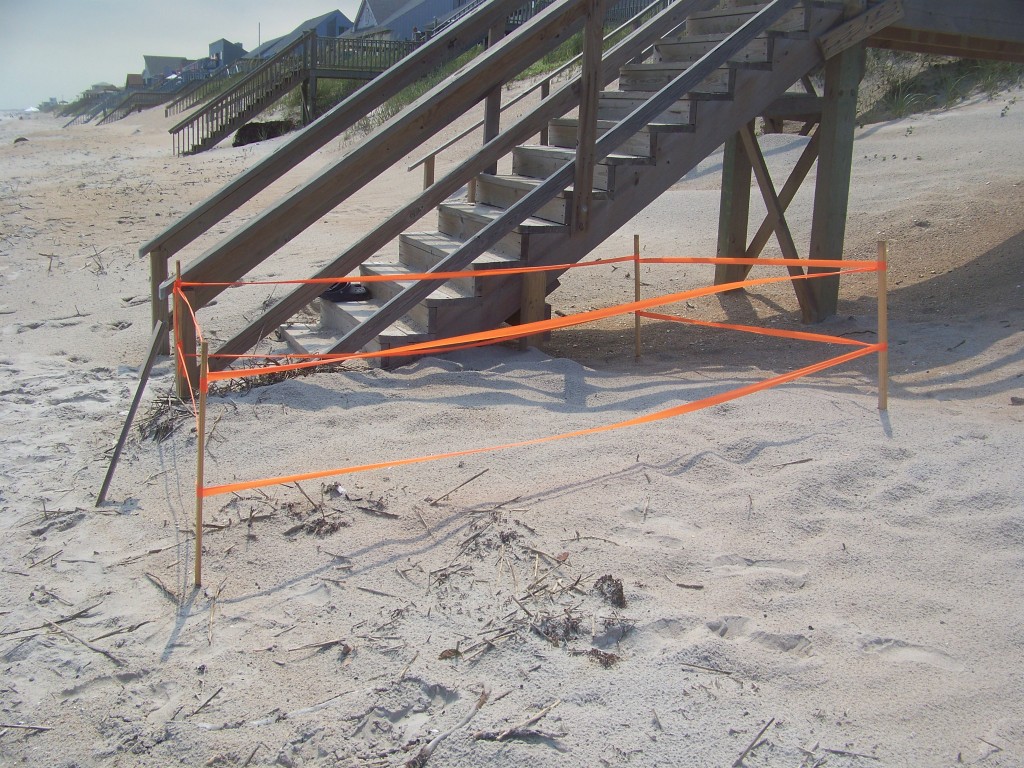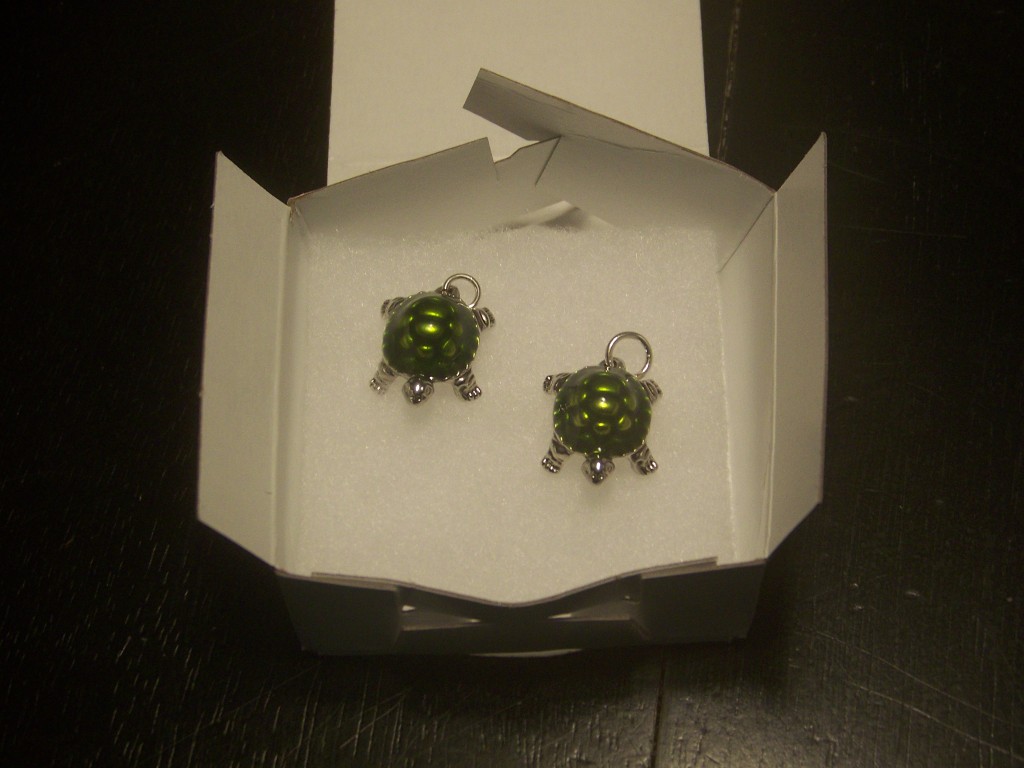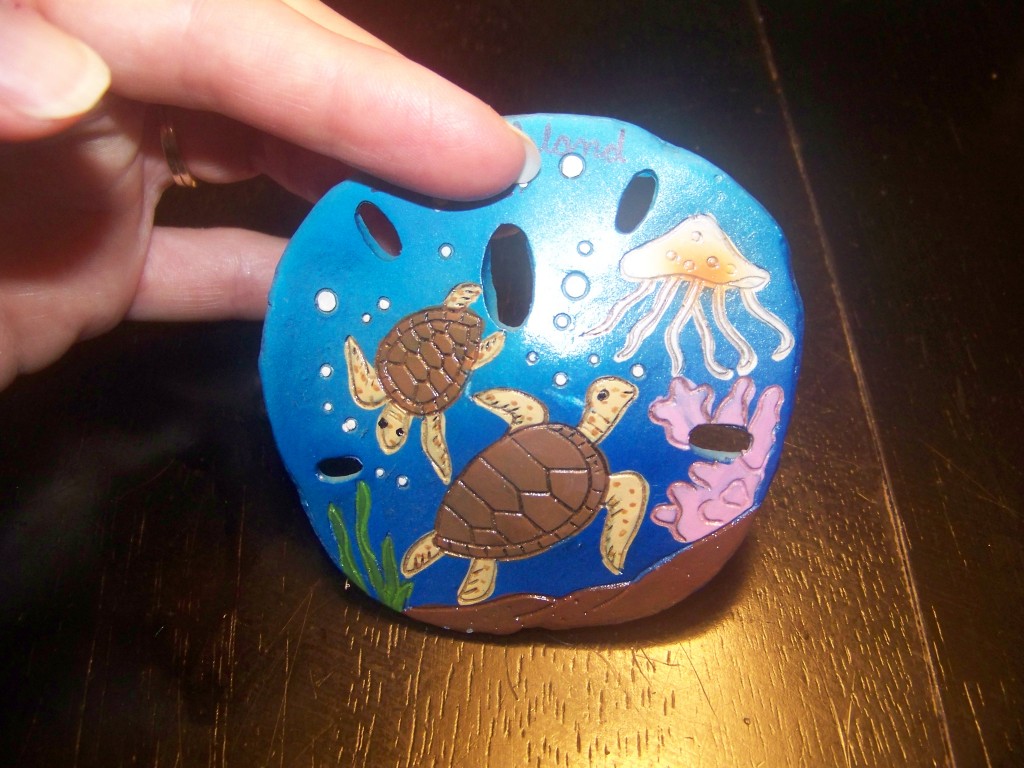When you live on an island in Carolina, more than likely, you are well-acquainted with the idea and presence of sea turtles. Because sea turtles are an endangered species, many organizations now exist whose primary purpose is to promote the survival of sea turtles, through efforts such as educating the public, protecting sea turtle nests from people and predators, and even treating sick or disabled sea turtles in sea turtle hospitals with the intent of returning them to the ocean once they have recovered.
This is a nest found near our house recently. When a nest is discovered in a dune, it is labeled and marked off, as you can see from the picture. Because dunes protect barrier islands from destruction during a storm or a hurricane, people are not supposed to touch them in any way. Marking off the nesting area, therefore, just serves as an added measure of protection for the nest, and allows workers and volunteers from various organizations to keep track of the nest during the incubation period. When the nest is ready to hatch, often these same workers or volunteers will sit with the nest until all the hatchlings have made their way to the ocean.
Sea turtles typically lay their eggs from May through August or September. They crawl in from the ocean, usually at night, lay their eggs in the dunes, and then return to the sea. The eggs, over 100 of them on average per nest, then incubate for about 60 days before the hatchlings are ready to break free from the nest and make their voyage to the ocean. Their odds of surviving this journey are not odds I’d like to face. They can be eaten by crabs on the way to the ocean, or by birds or fish once they reach the ocean. They can also be confused by lights and wander away from the ocean, thus ensuring they won’t survive. Because of this, oceanfront properties are requested or required to keep outdoor oceanfront lights off during this season, as the lights would decrease the hatchlings’ odds of survival and can be disorienting to the mother sea turtles as well.
So, if you find yourself someday in one of the tourist shops on any of the Carolina islands, you’ll likely see a nod to the sea turtles in many of the items for sale, like these pendants
or this magnet,
for instance. And if you happen on one of these marked nests in the dunes, ask around. If you talk to the right people, the ones who are tracking the nest in particular, you might just be able to catch a hatching. I’ve never met anyone who’s stayed up for a sea turtle nest hatching who hasn’t said it was well worth it.



I adore sea turtles! What a blessing it would be to be able to witness the hatchlings make it to the sea. BTW–those earring are adorable.
It is. And thanks. Living by the ocean means there are all sorts of fun goodies like this in our stores. So, do you have any cherry jewelry???
Personally? No, but my goodness, I can trip over cherry jewelry, cherry aprons, cherry t-shirts, cherry food-stuffs, etc. just about anywhere in the region. I get it. We produce a lot of cherries up here, but really?! Do I need a cherry t-shirt to remind me? The cherry obsession is second only to the fudge obsession with our visitors. I find the whole thing kind of funny because this area grows so much more than cherries, and yet cherries are the figurehead. Couldn’t we be known for something a little cooler–like sea turtles?
I wonder what the history is on the whole cherry thing. Sometimes those make
for interesting stories when you find out how they became so popular. At
least the cherry is attractive-looking and carries pleasant associations
with it. Think about it. What if you lived in an area where dangerous
animals, like crocodiles or tarantulas, were what defined the area? Very
briefly, we lived in an area where its defining feature was its oil
refineries. What do you do with that?